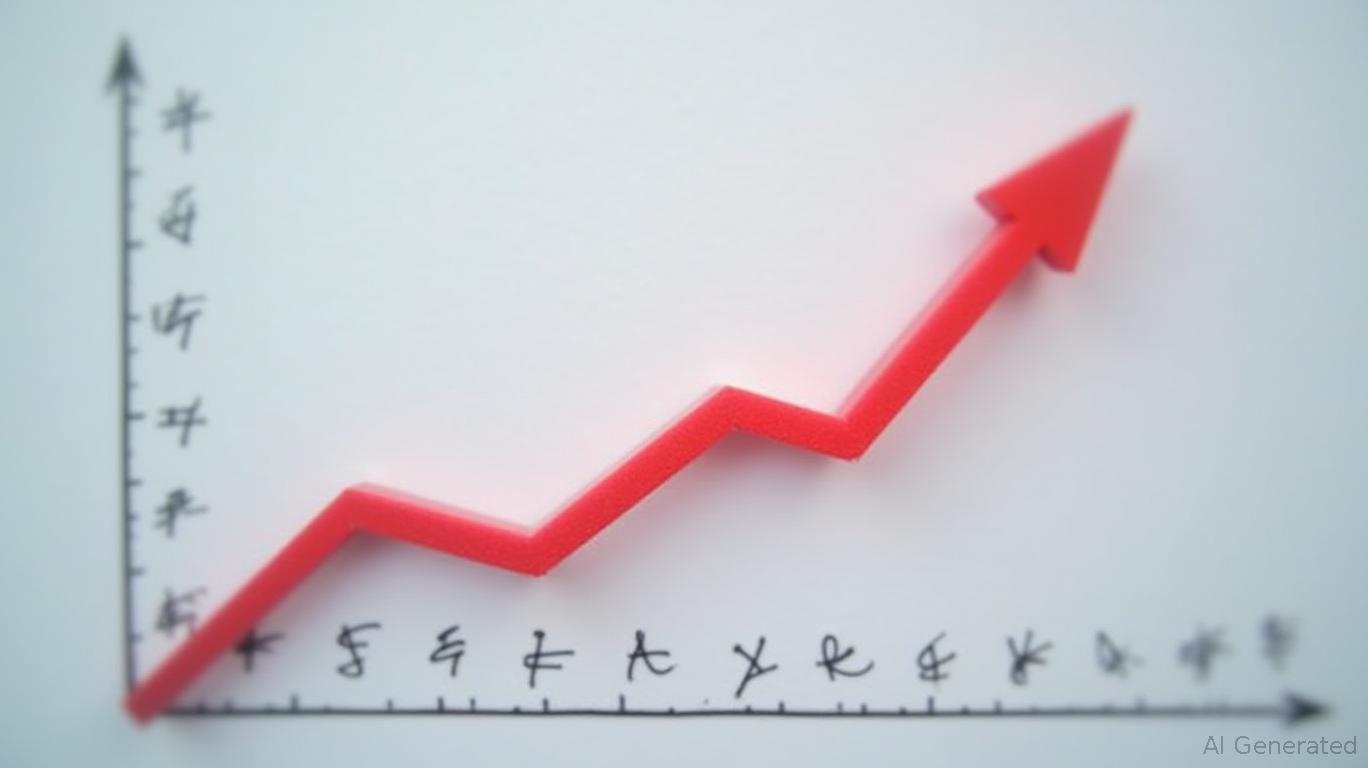The Fed's Dilemma: Navigating Tariff-Driven Inflation and Consumer Caution
The Federal Reserve finds itself in a precarious balancing act: inflation remains elevated, tariff-driven uncertainties are reshaping global supply chains, and the economy is teetering between resilience and fragility. While markets have priced in the possibility of rate cuts by year-end, the Fed's recent communications suggest a far more cautious path. For investors, this is not a moment for complacency—it's a call to pivot toward assets that can withstand prolonged inflation and delayed monetary easing.
The Fed's Dilemma: Navigating Tariff-Driven Inflation and Consumer Caution
The Fed's Tightrope Walk
The May 2025 FOMC minutes reveal a central bank grappling with an economy pulled in two directions. On one side, tariffs are reigniting inflationary pressures, with core PCE inflation at 2.6%—above the 2% target—and forecasts predicting a sharper rise in 2025. Meanwhile, the first-quarter GDP contraction, driven by a surge in pre-tariff imports, underscores the destabilizing impact of trade policies.
But here's the critical nuance: the Fed is unlikely to cut rates aggressively in 2025. Why? Because tariff-driven inflation isn't easily reversible. Even if the Fed were to act, the lag in monetary policy means cuts could come too late to offset rising consumer costs.

The Case for Inflation-Hedged Investments
If the Fed is sidelined, investors must take matters into their own hands. The solution? Shift toward sectors that thrive in high-rate, inflationary environments.
1. Commodities: The Ultimate Inflation Hedge
Commodities, particularly energy and industrial metals, are direct beneficiaries of inflation. With tariffs driving up the cost of imported goods, domestic producers in sectors like agriculture and mining gain pricing power. . Consider energy stocks or ETFs tied to precious metals, which historically outperform during periods of currency devaluation—a risk as the dollar weakens amid Fed uncertainty.
2. Real Estate: Anchored by Rising Rates
Real estate investment trusts (REITs) and residential real estate remain resilient in high-rate environments, especially if inflation is wage-driven. While mortgage rates are elevated, demand for housing remains robust, supported by a tight labor market. . Look for REITs in sectors like logistics (to capitalize on supply chain shifts) or multifamily housing, which benefits from urbanization trends.
3. Dividend Stocks: Steady Returns in Volatile Times
High-quality dividend stocks offer both income and stability. Utilities, consumer staples, and telecommunications firms—sectors with pricing power—can weather rate uncertainty. . Focus on companies with strong balance sheets and consistent payout histories; their dividends act as a buffer against market volatility.
The Risks Lurking in the Shadows
This strategy isn't without pitfalls. Prolonged tariff uncertainty could trigger a sharper economic slowdown, with the Fed's own analysis suggesting a recession is now nearly as likely as continued growth. Investors must remain nimble:
- Monitor the Fed's next moves: A hawkish pivot could pressure commodities, while a dovish surprise might benefit rate-sensitive sectors like tech.
- Diversify geographically: Tariffs are a U.S.-centric issue, but global markets may offer cheaper entry points.
- Avoid overleveraged firms: The widening credit spreads in speculative-grade bonds signal caution for corporate debt.
A Call to Action
The Fed's dilemma is your opportunity. With inflation stubbornly high and rate cuts delayed, portfolios must be repositioned to prioritize assets that protect against rising costs and volatility. Commodities, real estate, and dividend stocks are not just defensive plays—they're the sectors that will define this market.
Historically, the market has rewarded investors who timed their moves around Fed decisions. A backtest of the S&P 500 from 2020 to 2025 showed that buying five days before each rate decision and holding for ten days delivered a 171% return, far exceeding the benchmark's 43% gain, despite a maximum drawdown of 78.35% during the period. This underscores the value of aligning investments with central bank events, even as volatility persists.
The clock is ticking. As the Fed waits for clarity, investors cannot afford to stand still.
.
The path forward is clear: hedge, diversify, and act decisively before the next wave of inflation hits.

Comments
No comments yet